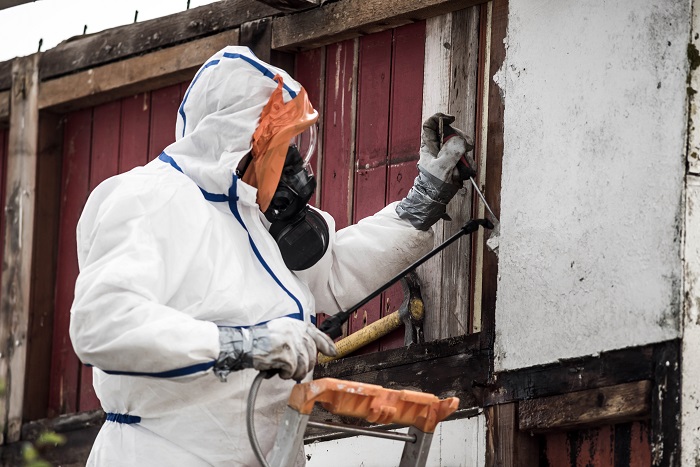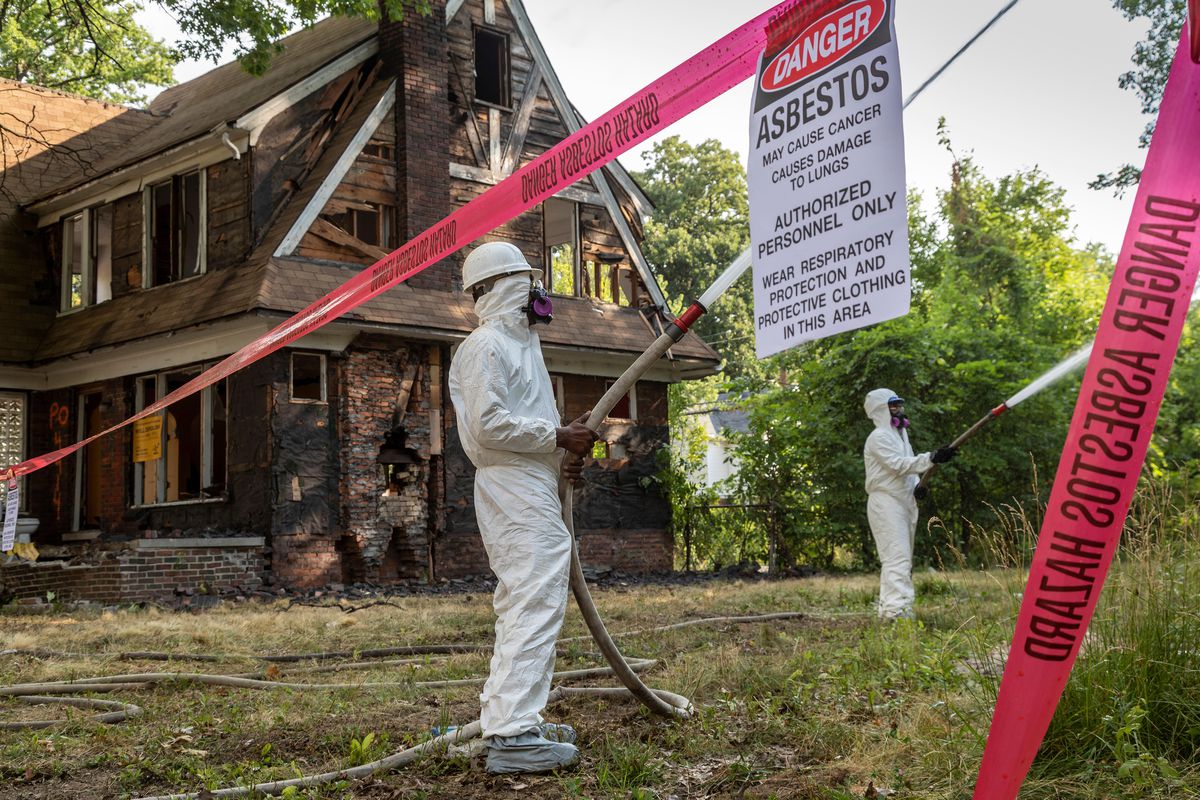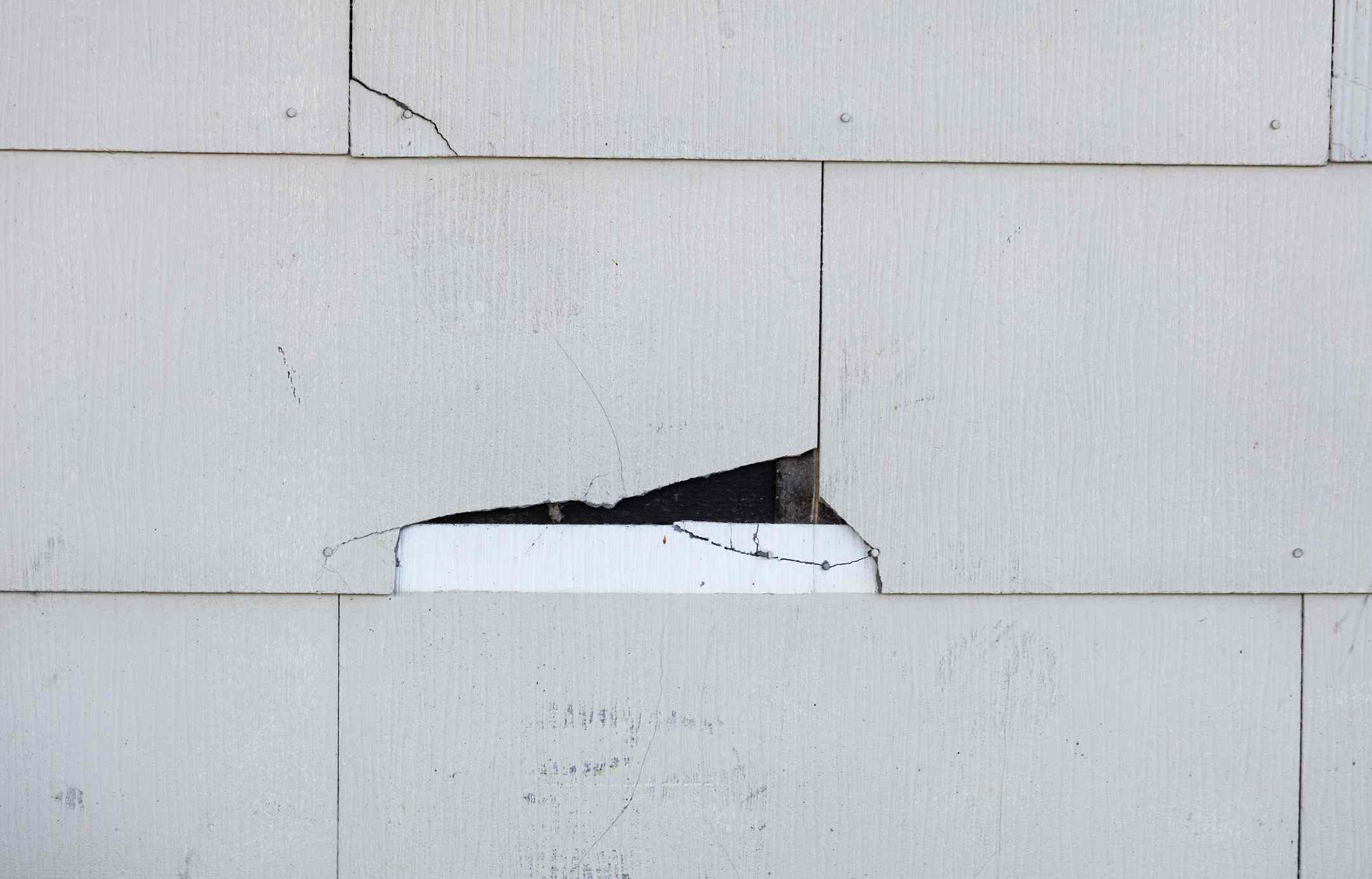
In the 1950s, many homes had asbestos siding. Asbestos is a type of mineral that was used as an insulator and fire retardant. The problem with asbestos siding is that it can be dangerous to your health if you disturb or remove the tiles from home. If you have asbestos siding on your home, be sure to learn how to identify and deal with it, so you don’t come into contact with it. We’ll go through some strategies for inspecting your property for asbestos-containing items in this blog article so you can avoid exposure!
What is asbestos siding, and how does it affect your home’s value
Asbestos is a natural mineral found in rocks and soil. Its resilient, heat-resistant fibers make it worthwhile for several different materials like construction insulation, automotive parts, textiles – but the most notable use by far was asbestos siding on homes!
Asbestos shingles were widely used between the 1950s to 70s because of their affordability and ability to be molded into many shapes & sizes. However, the downside is its health hazards if inhaled or ingested when damaged/crumbled during renovations or repairs.
Asbestos-containing materials (ACMs) were found on over 40 million homes in the US alone. Exposure can cause lung cancer, mesothelioma, and asbestosis.
Homes with ACM siding damage or potentially contaminated by demolition/building site material may be devalued.
If you suspect asbestos-containing siding on your home, don’t just assume it’s safe to remove or handle! You’ll need to know how to identify what the tiles are made of and whether they’re intact before handling them.

To check your siding for asbestos, you’ll need the following equipment:
When examining your siding, you should wear a dust mask and goggles to prevent breathing in any harmful particles. You can also use the utility knife to collect samples without damaging them too much during the collection process. This helps keep things clean-cut when grabbing an object or two from different areas of the home’s exterior trimming work! Resealable plastic bags are perfect for storing and transporting any goods you may have after an inspection with proper equipment.
How to examine your home for asbestos
Do you know how old your house is? Look at the property deed or any other records about its construction. Inspect siding for printed information of the manufacturer, which will show when it was made and installed. Siding created after the 1960s did not include asbestos! There are many layers of paint – count them because older houses have more than one layer; this indicates age and,, therefore, a greater chance to contain harmful substances such as asbestos.
If you suspect your siding is made of asbestos, look for signs that indicate how old the material may be. If there are areas with newer pieces next to older ones or if it resembles shingles or wood grain, then these could contain high amounts of asbestos.
Sample the siding next to a damaged area on your house. Wear a mask and scrap some of it into an envelope or baggie for testing at an accredited lab in your local area.

If You Find Asbestos: What To Do
If you discover that asbestos is in your exterior siding, there are several options to consider. It might be best to do nothing if the material isn’t damaged and it poses a lower risk for exposure or environmental damage.
Some homeowners opt to cover their asbestos-containing siding with vinyl siding sheets or other materials to minimize risk. However, this option can become problematic for several reasons:
1) Siding is a particularly tricky material (e.g., you will need to cover large portions of your home’s exterior, and the result may look awkward),
2) The second potential issue with covering your sider is that it does nothing to solve the problem because asbestos remains present on the part of your house’s exterior.
If you find any asbestos in your home or workplace, don’t try and remove it yourself. You could potentially harm yourself and risk spreading the dangerous material elsewhere when professionals know how to handle these situations carefully with complete accountability and transparency! The best way to remove any harmful substances from your property’s air, soil, or surface is by sending in experts. These removal services can be costly but will ensure that no trace remains after everything has been taken away safely and entirely, so you don’t have to worry about future health problems as well!
Talk to a Siding Expert
If your siding is in good condition and intact, then your risk of exposure is low. Damaged asbestos siding, however, could release the hazardous fibers that cause lung disease. The siding specialists at Semper Fi Exteriors have experience identifying asbestos siding. We’re available to discuss your asbestos concerns and perform siding repairs or replacements.
If your siding is in good condition, then the risk of exposure to asbestos fibers causing lung disease is low. When there are damages or tears, it could release hazardous asbestos fiber that causes health problems like cancer and mesothelioma. There’s an easy way for homeowners who have concerns about their home’s potential hazard level – call Semper Fi Exteriors today! We offer free consultations on how we can help you with siding inspection, repairs, or replacements.



